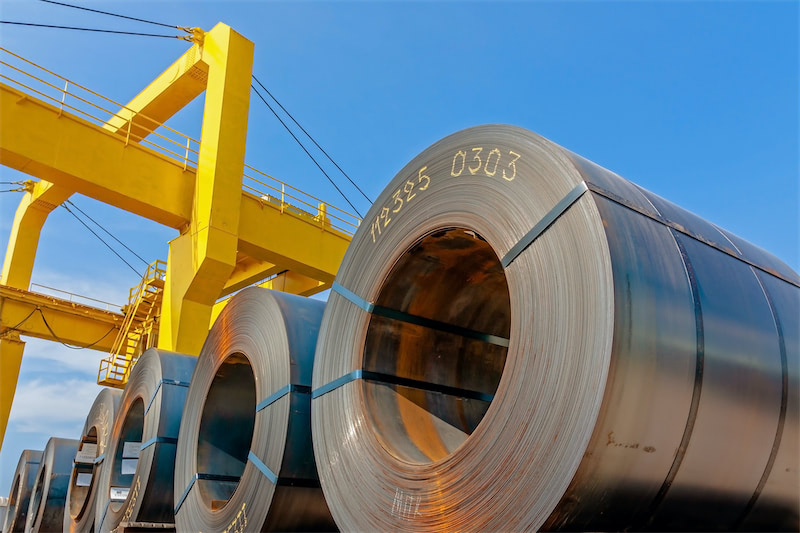






As the main cost of industrial salt, raw salt is called the "mother of the chemical industry", which is widely used in the production of essential chemical products such as hydrochloric acid, caustic soda, soda ash, ammonium chloride, ammonia, etc., the industrial sectors such as feed, leather, glass, soap, dyestuffs, oils, metallurgy, and pharmaceuticals, as well as in the areas of water treatment, refrigeration, and highway snow removal.
Raw Salt Industry Chain


Data Source: SMM
Raw salt supply & demand in China
According to SMM, China's raw salt mainly comes from well rock salt, accounting for about 46% of the total raw salt production, followed by sea salt, accounting for 43%, and lake salt, accounting for about 11%.
Main Sources and Proportion of Raw Salt in China

Data Source: SMM
According to SMM, China's raw salt production in 2022 was about 49.85 million mt, a decline of 3.2% compared with that in 2021, mainly due to the decreased demand for caustic soda and soda ash in the past few years and a large number of salt imports, which resulted in the plunged price of raw salt in China. As a result, most well rock salt enterprises cut output, and that sea & lake salt enterprises were forced to control shipments.
China Raw Salt Production, 2017-2022 (10,000 mt)

Data Source: SMM
Current status and future trend of energy consumption in raw salt production
China is still using coal-based thermal power as its main energy source. Renewable energy power stations are generally located in remote areas, and only a small proportion of green power is delivered to coastal areas, resulting in little renewable energy available to salt production companies at present. In addition, thermal power still has a cost advantage in China. Due to the low value of salt products, producers are sensitive to the cost of electricity, so thermal power is preferred. Few producers of well rock salt in Shandong have their own natural gas-fired power stations, and few sea salt producers use solar and wind power. Most producers still rely on thermal power generation. Large producers of well rock salt in Jiangsu and Anhui generally have their own thermal power stations. The major sea salt producers in Tianjin are building their solar power stations and are likely to make greater use of solar energy in the future.
Overview of raw salt production costs
According to SMM, the average cost of sea salt in China in 2023 has risen by about $2.9/mt compared with that in 2021, and rising labor costs were the main reason. By region, Liaoning has the highest cost of about $27.5/mt, mainly due to higher labor costs, maintenance, and depreciation costs.
The average cost of well rock salt increased by approximately $3.6/mt from 2021, mainly due to the increased costs of coal-based thermal power and labor. By region, Hunan has the highest cost of sea salt production at approximately $37.2/mt, mainly due to higher energy costs.
SMM is a professional non-ferrous consulting information provider in China, with products including supply, demand, and price analysis, supply chain management analysis, market research, field research, professional industry research reports, customized research reports, industry planning, industry white papers, etc., which are updated quarterly, semiannually and annually according to the practical situation.
Contact for consulting needs:
SMM Consulting Manager, Deng Chenyang (17789717229)

For queries, please contact Lemon Zhao at lemonzhao@smm.cn
For more information on how to access our research reports, please email service.en@smm.cn

